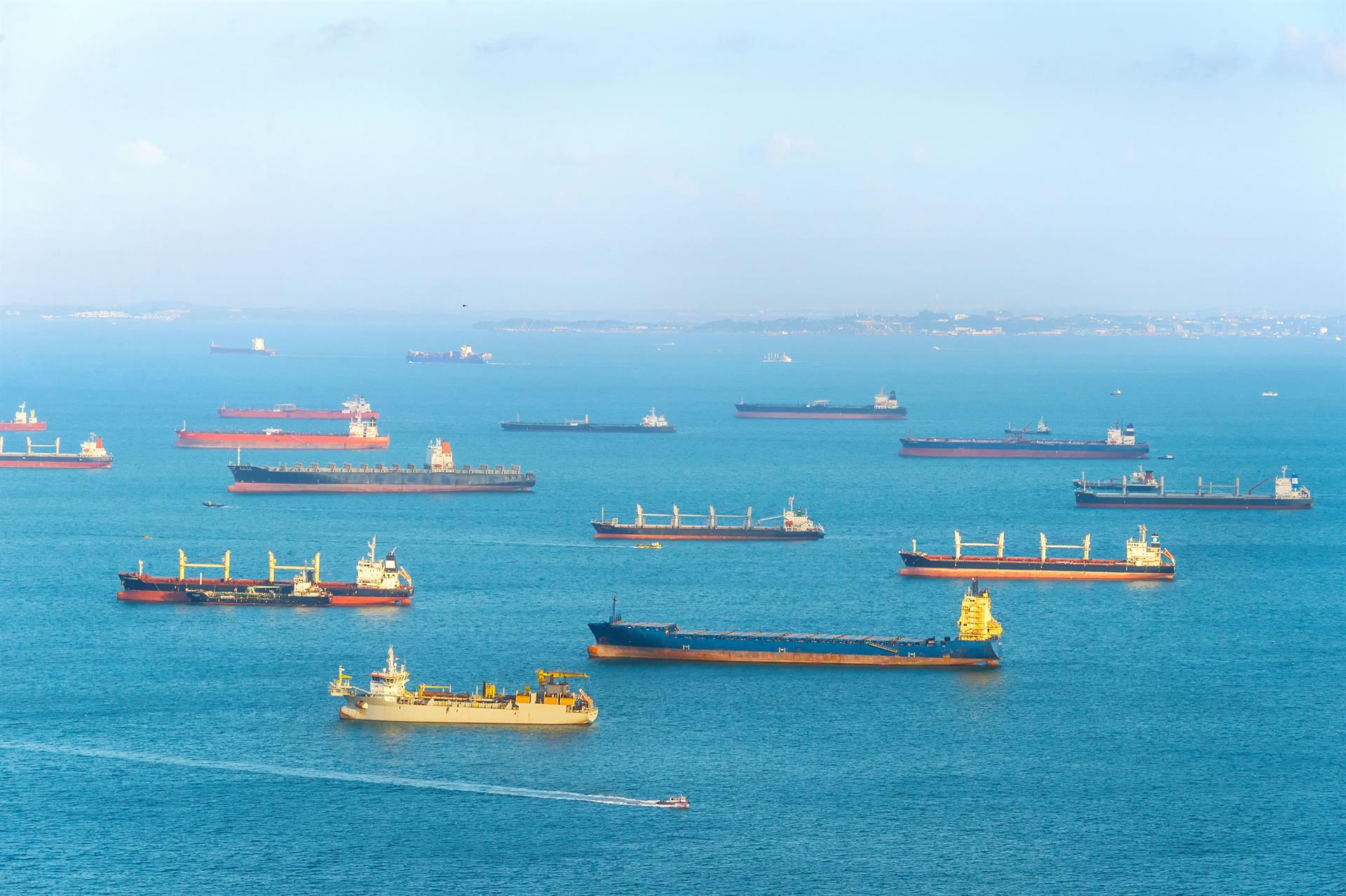

Article original published by Riviera Maritime Media on March 03, 2021.
The IMO 2020 low sulphur fuel oil transition has proven that the shipping industry can successfully manage huge changes. The next stage is to tackle the other harmful elements in exhaust gasses, explains Wärtsilä Exhaust Treatment director Sigurd Jenssen.
The IMO 2020 low-sulphur fuel transition was a success, with no reports of a lack of availability of old or new fuels, or significant problems stemming from the changeover. A significant portion of the fleet stayed with the high-sulphur option and installed scrubbers, or specified newbuildings with exhaust gas abatement technology.
Although scrubbers are a favored option for compliance, this is the first step towards wider environmental compliance issues, for which there is currently no regulation. Obviously, regulations are not going to become weaker. They are going to become more stringent and Wärtsilä Exhaust Treatment has a part to play.
An immediate issue for all scrubber providers is the washwater conundrum. Some major ports have banned the use of open-loop scrubbers. The science behind this is still being debated, but the solution is to convert an open-loop scrubber to a hybrid. Wärtsilä Exhaust Treatment has the technology, and the installation depends on the space available.
From a business case perspective, it depends on the operation profile of the vessel; in Singapore, the areas where open-loop scrubbers are restricted are quite small.
A bigger issue on the horizon is shipping’s conformity with shore-based industries’ regulatory requirements regarding exhaust gas output of SOx NOx, PM and black carbon. This was debated during a Riviera webinar, which noted that the ban on open-loop scrubbers was reactive, but the standards required in ports on air pollution had not been passed onto to ships – yet.
For providers like Wärtsilä Exhaust Treatment, client demand has been to reduce visible plumes of smoke, a major consideration for the cruise and ferry industry. The technology is available to capture the smallest, most damaging to human health particular matter – at least in shore-based equipment. Transferring this into a marine environment may prove challenging.
Shipping and its regulators need to learn from previous pollution initiatives before imposing air quality regulations on SOx NOx, PM and black carbon. There needs to be incentives for first movers, and a graduated introduction to give the industry time to deal with the problems that arise.
- Sigurd Jenssen
Another issue is the long-term availability of spare parts for scrubbers. Pre-IMO 2020, there was a rash of new entrants into the marine market, with the adoption of previously tried technology. As the scrubber industry matures and operators build up a body of knowledge on all aspects of operation, the question of spare parts and global availability might become another issue for the scrubber sector to address.